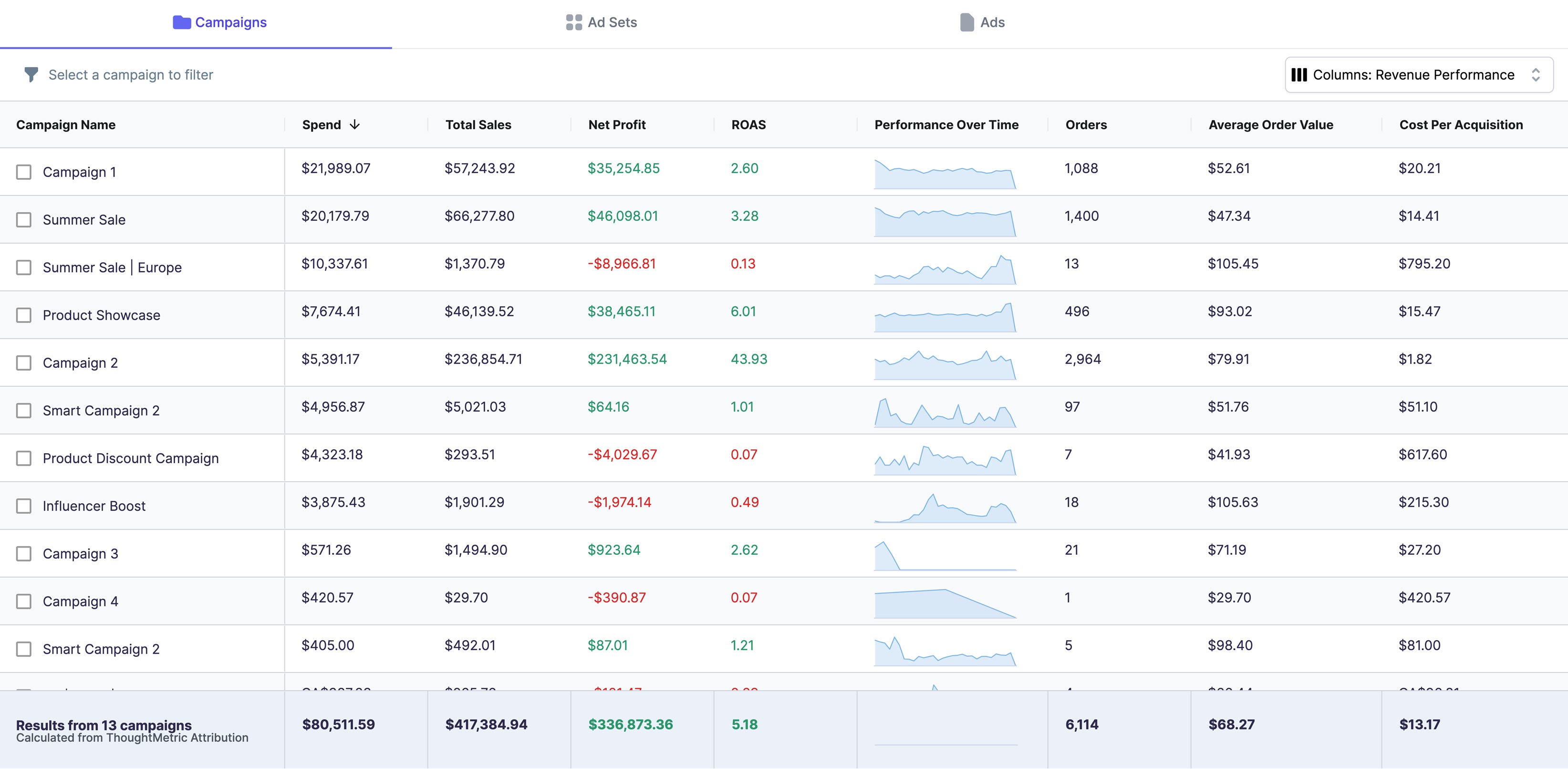If you are relying on Google Ads reports or GA4 dashboards to measure success, you might be making decisions based on numbers that are more optimistic than accurate.
It is not your fault. The way platform attribution works today almost guarantees that your Return on Ad Spend (ROAS) looks better on paper than it does in your bank account.
1. Platform Attribution Is Designed to Favor the Platform
Google Ads reports are built to show Google in the best possible light. Every ad platform does this. Meta takes credit for sales it influenced, Google takes credit for sales it influenced, and TikTok does the same thing.
This means if someone clicks a Google ad, then later sees a Facebook ad and buys, both platforms might claim 100 percent credit for the same sale.
Inside your Google Ads dashboard, it will look like your campaign is crushing it. But in reality, Google might have only nudged the buyer along, not closed the deal.
2. GA4 Over-Reports Google Ads Impact
GA4 (Google Analytics 4) introduced a new default attribution model that sounds great: data-driven attribution.
In theory, it gives fair credit to each touchpoint. In reality, it tends to overweight Google Ads interactions because of how tightly Google integrates its own ad data into the reporting.
If you notice your Google Ads ROAS looking unusually strong compared to your blended CAC, MER, or actual cash flow, GA4’s weighting is probably part of the reason.
The more you rely on GA4, the more you are letting Google grade its own homework.
3. Why Inflated ROAS Hurts Your Business
- You think campaigns are more profitable than they are.
- You reinvest in ads that are not really pulling their weight.
- You undermine channels like organic search, email, or partnerships that actually drive long-term revenue.
It is not just about clean data. It is about whether your budget is going to the right places or getting burned without you realizing it.
4. How to Fix It: Use Neutral, Full-Journey Attribution
The fix is not guessing. It is switching to attribution that reflects the real customer journey across all channels.
When you see your campaigns through a neutral lens such as ThoughtMetric, you can finally scale what is really working and cut spend where it is not.
- Pixel-level data across Meta, Google, TikTok, Shopify, and more.
- Post-purchase survey responses.
- Multi-touch attribution based on what actually happened, not what a platform wants you to believe.
Instead of inflated single-channel ROAS, you get a true blended view of how every channel contributed to the sale.
No more double-counting. No more inflated numbers.
The Bottom Line
Clear attribution means better marketing and faster growth.





